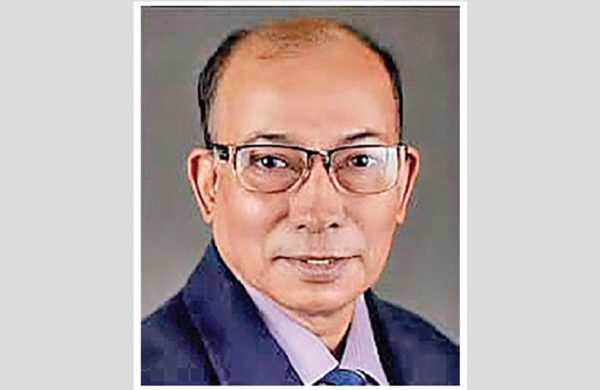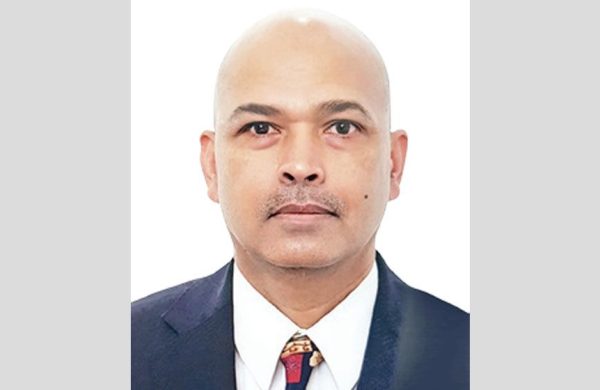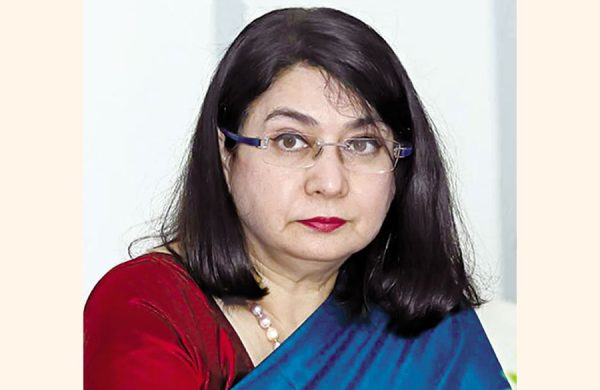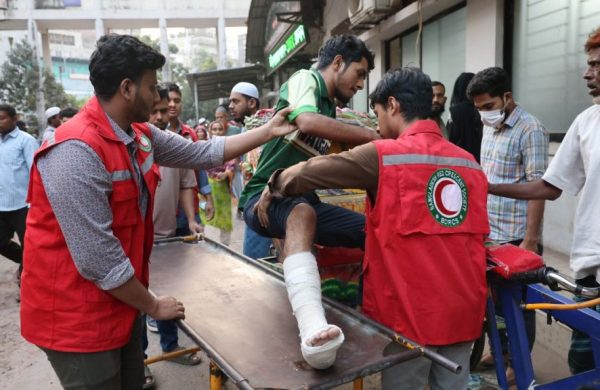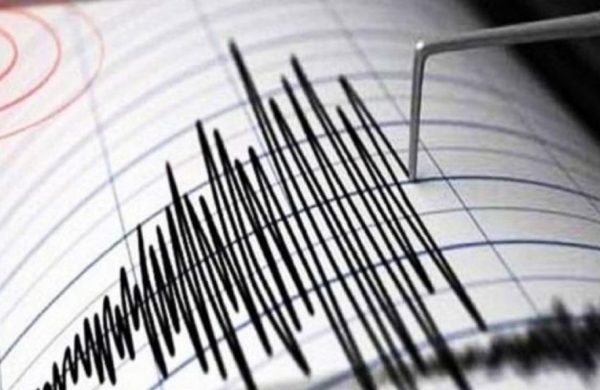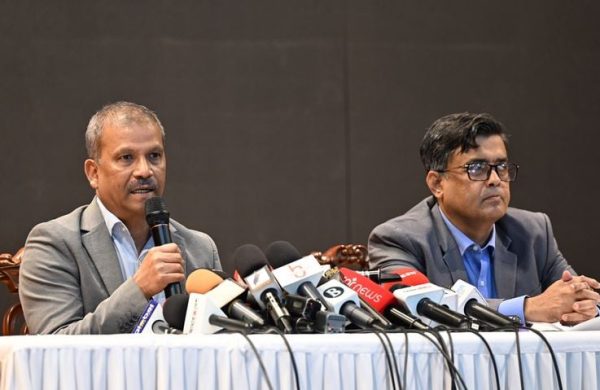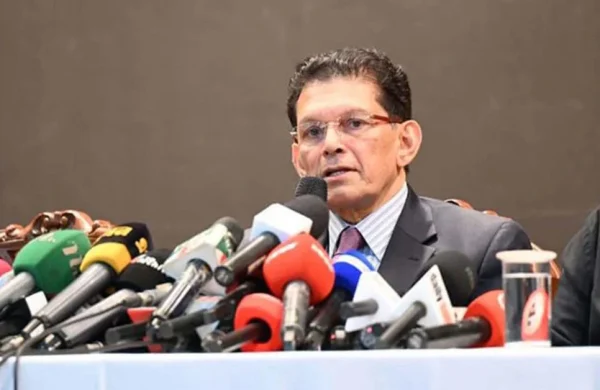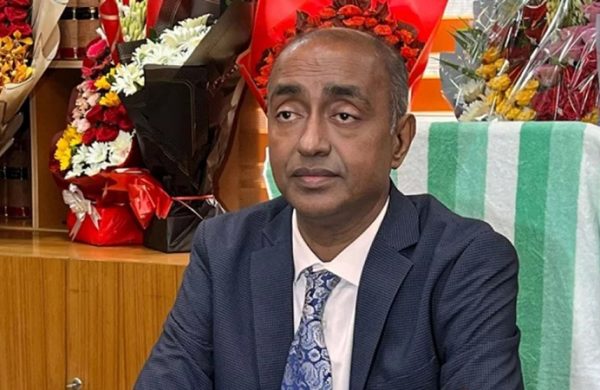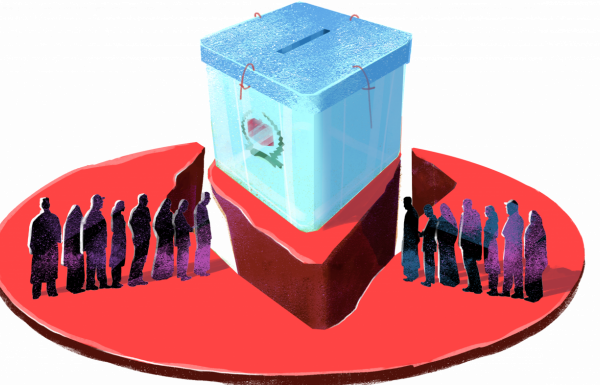HSC Results Debacle and Flaws in Education System
- Update Time : Saturday, October 25, 2025
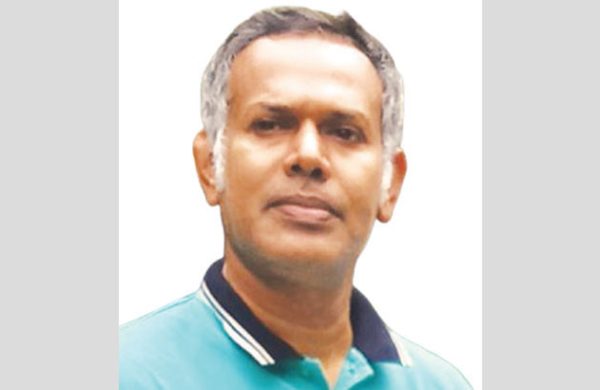
—Sheikh Nahid Neazy—
The recent HSC results debacle in Bangladesh – marked by a sharp drop in the pass rate –exposed serious flaws in the education system, including poor foundational knowledge, rote learning, inflated grades, weak pedagogy, and rural-urban disparity in terms of access to resources. This year’s HSC results have recorded the lowest pass rate in two decades. A total of 10,47,242 students sat for the exams under nine general education boards, and 5,98,166 students passed. In 2005, the pass rate was 59.16 per cent. Since then, it had generally increased or fluctuated slightly, until this year when the results took a sharp decline. For the first time in 21 years, the HSC pass rate has plummeted this year.
Under the nine general education boards, this year’s average pass rate stands at 57.12%, nearly 19 percentage points lower than last year. In other words, around 43% of students failed to pass in 2025. The number of students achieving GPA-5 has also dropped dramatically. Last year, 1,31,376 students obtained GPA-5, as compared to 78,521 the year before. And, in 2025, this number has fallen to 63,219. The overall picture (the pass rate) is bleak and uncalled for!
According to the Bangladesh Bureau of Educational Information and Statistics (BANBEIS), the HSC pass rate in 2005 was just over 59%. It rose to nearly 64% in 2006, over 64% in 2007, and around 75% in 2008. However, in 2009, it dropped again to 70.43%. In 2024, several HSC exams were cancelled midway in the wake of student protests. In that situation, the answer scripts of the exams already held were evaluated, while the results of the cancelled exams were determined based on the students’ SSC results through “subject mapping”. Many believed this would inflate the overall pass rate. But it did not happen. Rather, the average pass rate under the nine general boards fell as compared to 2023 although the number of GPA-5 achievers rose. In 2025, the number of institutions with a 100% pass rate has also dropped considerably. Last year, a total of 1,388 institutions achieved 100% pass rates, but this year that number has dropped to 345 only. On the other hand, the number of institutions with zero pass rates rose sharply to 202, as compared to just 65 last year.
When asked whether the massive difference between results in rural and urban areas and the fact that nearly half of all students failed indicate a deeper problem in the country’s education system, Dhaka Board chairman Professor Ehsanul Kabir admitted, “This situation is far from desirable. It’s like standing before a mirror and we can clearly see there are flaws, undoubtedly. We must identify and fix them. The responsibility lies with the schools, the boards, and everyone involved.”
At a press briefing, the Education Adviser CR Abrar said in a written statement, “This year’s SSC and HSC results have surprised many. The pass rate and GPA-5 figures are lower than last year’s, leading to the question, why? The answer is not complex but rather uncomfortable. The learning crisis in Bangladesh begins very early, at the primary level and the gap widens year after year.”
“However, we have long avoided facing this reality. We have built a culture where numbers became the only truth, the pass rate was seen as success, and the number of GPA-5s as a measure of satisfaction. In our attempt to make results look ‘good’, we have unknowingly concealed the real learning crisis. Today, I call for a change in that culture,” the adviser added.
An analysis of this year’s HSC results reveals that a significant number of students failed in core subjects like English and ICT, which affected the overall outcome. The decline in results, which was a drastic reversal after years of inflated grades, revealed the long-standing issues of a system prioritising cosmetic results over actual learning.
Now our students are, no doubt, in a dire situation. It is not possible to fully realise this problem through few reports or random surveys. There are many students who got promoted to higher classes without achieving the required competencies for their current level. Besides, some major flaws include a considerable gap between urban and rural students’ performance, a lack of focus on quality classroom teaching, and an overreliance on coaching centres.
We also know that parents are focused solely on exams and grades. As long as their children somehow manage to secure a GPA-5 in the final examination, they are satisfied. Many teachers, meanwhile, have strengthened their private tutoring businesses by prioritising test results over genuine learning. Unless the structural problems of secondary and higher education are properly addressed or identified, no immediate solution is possible. The first and foremost step is to form a national education commission, revamp the curriculum and increase the annual education budget. These are a few crucial steps that the government needs to take immediately.
Firstly, guidebooks need to be banned completely. The national textbooks could be made larger in size, and more elaborate or comprehensive, if necessary, to meet diverse learning needs. Lessons and exercises must be linked to real-life contexts/situations, so that education becomes both interesting and relevant.
Also, each grade and subject require clearly-defined competency levels, which the current curriculum lacks. Many teachers often do not understand how to ensure that students actually acquire the prescribed competencies. To address this issue, a standard teaching manual should be developed, including clear, step-by-step instructions about teachers’ responsibilities, effective pedagogy and classroom activities. At present, no such guide/manual exists for any subject at the secondary level. Even when they did exist in the past, they were either not distributed properly or not used effectively by teachers.
Besides, not all students in a classroom have the same learning gap or weakness. Teachers should engage them in ways that promote mutual cooperation and collaboration. Unequal resource allocation should be minimised. There should also be qualitative changes in the traditional question-setting method so that it reflects whether a student has actually achieved the learning outcomes or not. If we truly want to ensure students’ subject-based learning progress, we must give greater importance to continuous assessment rather than final examinations. And rote learning needs to be discouraged.
Moreover, the current school report card, focusing on GPA and numerical grades, should be redesigned. Instead, it should include detailed evaluations of each student’s strengths and weaknesses for every subject. The mushroom growth of coaching centres across the country should be controlled, and these centres should be registered or monitored by any government authority. The batch tutoring among school or college teachers should be limited and monitored by the authorities. And to make this feasible, teachers’ basic salaries should be increased along with other reasonable financial incentives. There should be a separate public service commission for the recruitment of teachers (both school and college). Teachers should be given proper training so that they can develop their professional skills and improve teaching quality. In addition, the government should make sure the school/college authorities provide students with better mental health support. And to implement this, the authorities must be aware of it.
—————————————————————————
The writer is an Associate Professor in the Department of English, Stamford University Bangladesh. He can be reached at [email protected]


